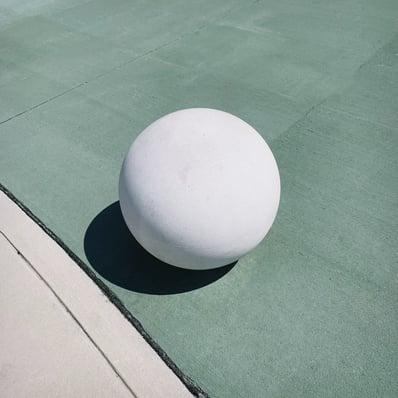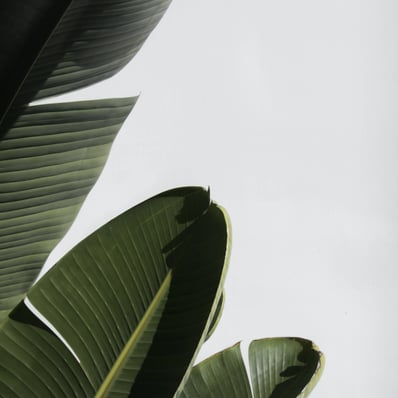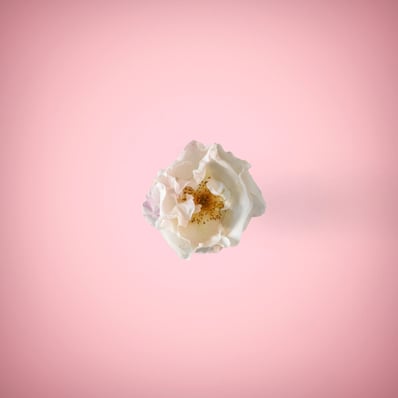Explore the World of Philodendrons
Birkin






Fun Fact: It's a symbol of health and abundance.
Brasil
Fun Fact: This plant gets its name from the Greek words Philo - ‘love’ and dendron - ‘tree.
Gloriosum
Fun Fact: The Gloriosum is a creeper plant – it grows by crawling along the ground and sends up leaf stems.
Philodendrons are among the most popular houseplants, known for their vibrant foliage and ease of care. To ensure optimal growth, provide bright, indirect light and maintain consistently moist but well-drained soil. Understanding the specific needs of your Philodendron can transform it into a thriving centerpiece of your home.
Choosing the right location is crucial for a Philodendron. These plants thrive in environments with high humidity and temperatures between 65°F and 80°F. Regularly misting the leaves can help mimic their natural tropical habitat, ensuring they stay lush and healthy.
When it comes to feeding, a balanced liquid fertilizer applied every six to eight weeks during the growing season will support vigorous growth. By paying attention to these key care r equirements, you will enjoy a robust and beautiful Philodendron that enhances your indoor space.
Essential Requirements for Philodendron Care
For optimal growth, philodendrons require careful attention to their soil mix, lighting, watering practices, and temperature preferences. Understanding these essentials will ensure your philodendron thrives with vibrant growth.
Philodendrons thrive best in a well-draining soil mix. A recommended mix includes equal parts of peat moss, perlite, and pine bark. This combination provides the right balance of moisture retention and aeration.
Ensure the mix is slightly acidic, with a pH of about 5.5 to 6.5. This environment supports healthy root development. It's beneficial to add some organic matter, such as compost, to improve nutrient content. Avoid heavy or compacted soils that can suffocate roots and lead to root rot.
Lighting Conditions for Healthy Growth
Philodendrons prefer bright, indirect light. Direct sunlight can scorch their leaves, while low light slows growth. Place them near east or north-facing windows where direct sunlight is filtered.
Use sheer curtains to scatter intense light if needed. If natural light is insufficient, consider using fluorescent lighting. Position these lights about 6 to 12 inches above the plant. Monitor your philodendron; if the leaves become elongated or pale, it may need more light.
Watering Practices to Avoid Overwatering
Water your philodendron when the top 1-2 inches of soil feel dry. Overwatering can lead to root rot, a common issue with philodendrons. Ensure pots have drainage holes to prevent standing water.
During warmer months, you may need to water more frequently. Reduce watering in the cooler months when growth slows. It’s important to adjust watering routines based on environmental humidity and the plant's needs. Use room-temperature water for best absorption.
Temperature and Humidity Preferences
Philodendrons thrive in temperatures between 65°F and 80°F (18°C to 27°C). They can tolerate a minimum of 55°F (13°C) but will not thrive below this. Avoid placing your plant near cold drafts or heat sources like radiators.
Keep humidity levels between 60-70% for optimal growth. If your home is dry, use a humidifier or place a tray of water near the plant. Misting can also help, but ensure this does not lead to excessively wet foliage. Maintain stable conditions for robust, lush foliage.
Advanced Care Techniques
To nurture a thriving philodendron, it's essential to focus on specific aspects of care. These include providing the right nutrition, maintaining plant health through pruning, and understanding effective propagation methods.
Fertilizing for Optimal Nutrition
Philodendrons thrive with balanced nutrition. Use a water-soluble fertilizer every four to six weeks during the growing season. A balanced formula with equal parts of nitrogen, phosphorus, and potassium is recommended.
During dormancy, reduce feeding to prevent root burn. Keep an eye on leaf color for signs of nutrient deficiencies; yellowing may indicate a lack of nutrients. To minimize salt buildup, ensure you occasionally flush the soil. This practice helps maintain optimal soil condition and avoids toxicity.
Pruning and Maintenance Tips
Regular pruning promotes healthy growth and prevents overcrowding. Use clean, sharp scissors to remove dead leavesand excess stems. Cut close to the node but leave a small stub to protect the main stem.
Keep an eye on aerial roots; trim them back if they become unruly. Consistent pruning encourages the plant to grow bushier. Always sanitize your tools before and after pruning to reduce the risk of disease. Check for pests like spider mites during this process, as early detection can prevent infestations.
Propagation Methods
Propagation of philodendrons is straightforward. The most common method is via stem cuttings. Select a cutting with at least two nodes and one healthy leaf. Place it in water or directly into moist soil.
Ensure the cutting remains in a warm environment with indirect light. Roots typically form within a few weeks. Alternatively, you can use the division method, particularly for larger varieties. When repotting, gently separate the root ball into sections and plant them individually. This method is less stressful for the plant and yields new growth.
Note: This post may contain affiliate links. OfficialBloomBabe.com earns a small commission on qualifying purchases through these links at no extra cost to you. This helps us continue providing quality content for fellow plant lovers.
Philodendron Plant Care Tips
not the bag lol
Gallery
Provide a short description of the gallery, highlighting key things.









